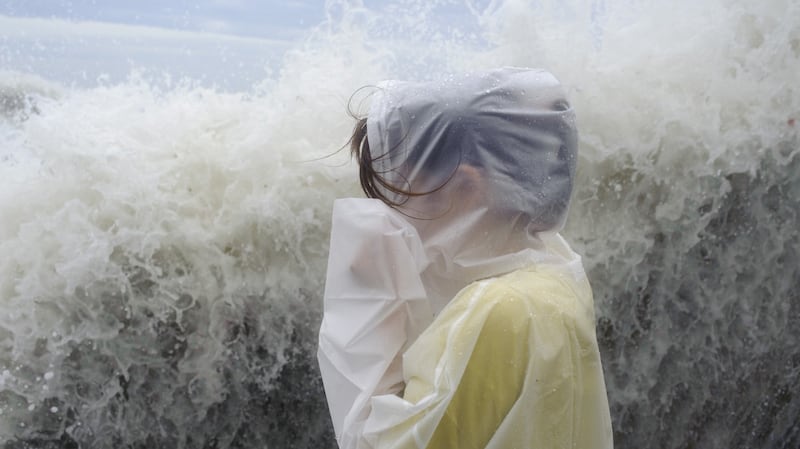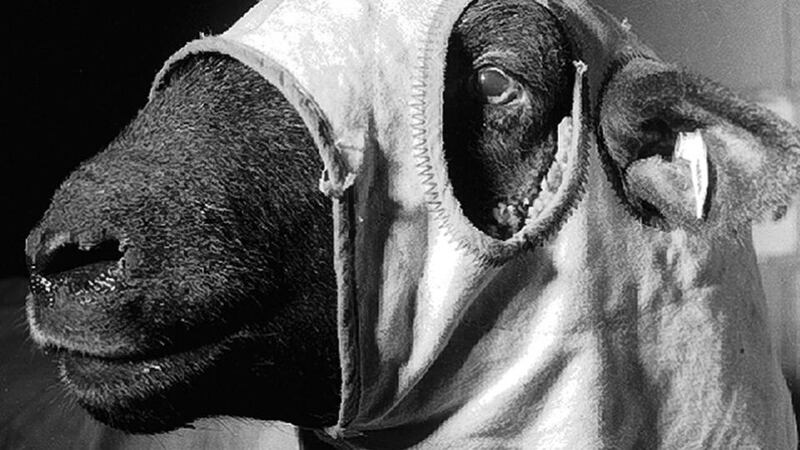In 2004, photography specialists Steidl published Sleeping by the Mississippi, a book by a youngish American photographer called Alec Soth. The photographs, made with a cumbersome, large-format camera, consist of portraits of people who live by the Mississippi and studies of their immediate environment: domestic interiors and river landscapes.
Over a period of several years, Soth found individuals who might be described as ordinary but also untypical, even marginal, and managed to sympathetically convey a sense of the individual emotional worlds they inhabit. The visually ravishing work exudes an overall feeling of melancholy and often has a dreamlike quality. In fact, you soon realise that beds and mattresses form a quiet leitmotif running through the 47 images, including one of the childhood bedroom of the aviator Charles Lindbergh.
The book quickly won a wide following and established Soth's reputation. He has followed it up with a succession of other projects and publications, including Niagara, Songbook, The Last Days of W and Broken Manual.


Hypnagogia marks a new departure in that it dips into several existing bodies of work made over the past 20 years and fashions them into a sequence that evokes the strangeness of a dream. The title refers to the intermediate state between sleep and wakefulness, when visions and reality intermingle. In the first image, Soth himself lies on a bed in the Park Hyatt Hotel in Tokyo. We see the bed as a reflection in a plate-glass window so that he seems to float over the night-time city.
Honeymoon capital
Of some of his other projects, Broken Manual looks at individuals who have gone off-grid to make alternative lives for themselves, The Last Days of W sets out to explore a country exhausted by the Bush presidency, Niagara centres on couples drawn to the waterfalls as an iconically romantic site, a honeymoon capital, and Songbook looks to community traditions – a present US precariously rooted in its past. All share a profound sense of human vulnerability, an uneasy nostalgia and an underlying anxiety. But his work is not as dark as that might make it sound. There's also optimism and humour.
“The humour is not much talked about,” he says, “but it’s there, and I want it to be there. We are all part of the human comedy, and we want to enjoy that.”
Soth now ranks among the best-known photographers in the world, but he has not forsaken the core values and methodology of his initial success. He was born in Minneapolis, Minnesota, and is still based there, although the logic of pursuing a high- profile career would normally have dictated moving elsewhere. The American Midwest – "the big middle", as he terms it – doesn't have the same cultural clout as the east or west coasts, but technology has worked in his favour. "It was the period when email changed the way artists can function. I know there is still a certain logic in being in New York or wherever, but it is much more possible not to be."
Introverted teen
By his own admissions a painfully shy, introverted teenager who liked living in a dream world, he says that his high school art teacher made him realise that art was a way of connecting inner and outer worlds. He could give form to what he imagined. That liberation led him to art school, Sarah Lawrence College in New York. He started by studying painting, "but I wasn’t very good at it", and moved on to making "big outdoor sculptures, in the mould of Antony Gormley or Any Goldsworthy". Essentially he turned to photography as a means of documenting "these things that I made". Had he taken many photographs before that? "Well, sure, I’d picked up a camera, I’d taken photos, but it didn’t do anything for me." And, as it happens, despite his initial impetus, he is not personally that interested in photography as documentation.
He attended a lecture by photographer Joel Sternfield on the latter's 1987 photographic classic, American Prospects, including shots of the van he drove travelling the country. It was an eye-opener, and set Soth on the road to Sleeping by the Mississippi. That, and practically everything he has done since, depends on negotiating with the people he photographs, knocking on doors and just approaching them in the street. The painfully shy teenager has gone on to produce one of the most socially engaged bodies of work in existence.
"Anyone who knew me back then is surprised at what I’ve done," he says, before explaining that, though it can still be challenging, "I’m not shy in that way anymore.’ He’s cited Weegee, the great reportage and street photographer, to the effect that anyone who aims to photograph people can’t afford to be a "Nice Nelly" and, Soth acknowledges, he’s not, he is tougher now. But, on the other hand: "I’m constantly amazed at people’s openness and generosity. Also I’m grateful for the fact that, when you engage with people, you have meaningful, good experiences, and it gives you a positive sense of the world. I lose that when I’m not working, because I consume the media and hear about everything terrible that’s going on and start to feel that the world is this horrible place."
He is fascinating on the way photographs relate to stories. On the one hand, he is drawn to constructing sequences of images. The books, even more than exhibitions, are such sequences. In either case, however, it is never a case of making a narrative in a linear sense. His ideas on how photographs work have and continue to evolve. In terms of story, he’s said that photographs are more like poetry than prose. Images present us with a lot of information, but they do not interpret or explain it, and they don’t set up the causal chains of fictional narratives in novels or cinema. "I think it has to do with leaving space for the viewer", creating "gaps" that the viewer can inhabit.
Equally, Soth doesn’t want a single image to do all the work for the viewer. A photograph by him is in a real sense the opposite of Henri Cartier-Bresson’s "decisive moment", with a single image summing up an entire story, even an entire world. A Soth photograph is much more the fruitfully indecisive moment, opening up a story, a world.
Initially wary of the ubiquity of photography in digital media, he has learned to be relaxed about the role of the proliferation of ephemeral, throwaway images in contemporary culture. As someone who invests much time and energy in making books and exhibitions: "I have to accept that 99% of the people who know my work know it from the web. Photography is not like painting in that way. There is no one, physical original.’ He’s not anti-technology – he’s even taken to Instagram - but doesn’t want technology to be the point. ‘Photography is an act of faith."
Soth is a Magnum photographer, which surprises some observers. But he is not precious about the art-photography distinction, describing himself as a photographer rather then an artist. He works on assignment, though more selectively now. Working for a magazine, "I take it that your primary job as a photographer is to stop the reader, to make them look, and then go read the story." Besides, he adds: "Editorial work drops me into fascinating situations."
The fact that he is still based in Minneapolis is not incidental. It’s true that he has to travel a lot. “I do travel, but it was never a great ambition; it was never my dream.” He seems to embody a particular kind of aesthetic, not uniquely American but one that can flourish there.
He runs Little Brown Mushroom, "a small art institution" in St Paul, based on his collaborative relationship with writer Brad Zellar and involving other photographers, writers and designers. In part it reflects the way technology has opened up photographic publishing. "It's a way to do small-scale experiments, to try things out."
Trying to think of someone in another discipline who could be said to share his slightly alt aesthetic, I mention the musician Will Oldham. He thinks about that for a moment.
"I can see what you mean by that comparison," he says. "For me, Jack White would be another example: someone who works slightly on the outside, who's not giving in to the total mainstream."
Later in the conversation he comes back to Oldham. "You know, one of the things about Will Oldham is that he likes to work under a lot of other names – the Palace thing, Bonnie 'Prince' Billy. So do I." He mentions one alter ego he has used quite a lot in Little Brown Mushroom publications, Lester B Morrison. In a publication that apparently draws on aspects of his life, Morrison's assessment is as follows: "Probably close enough to what might or might not have happened, and that's as much as I've learned to expect from the so-called real world."
That seems a good expression of Soth’s wish to allow the viewer some space.
Hypnagogia by Alec Soth (Gallery 1) is at the Douglas Hyde Gallery, Trinity College Dublin, until September 21st. douglashydegallery.com








